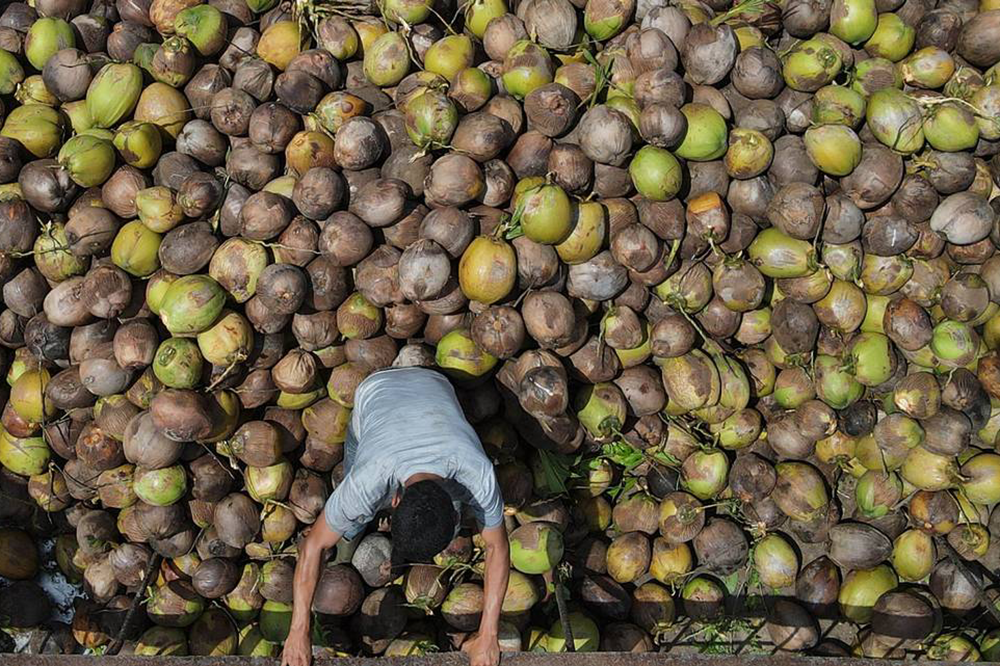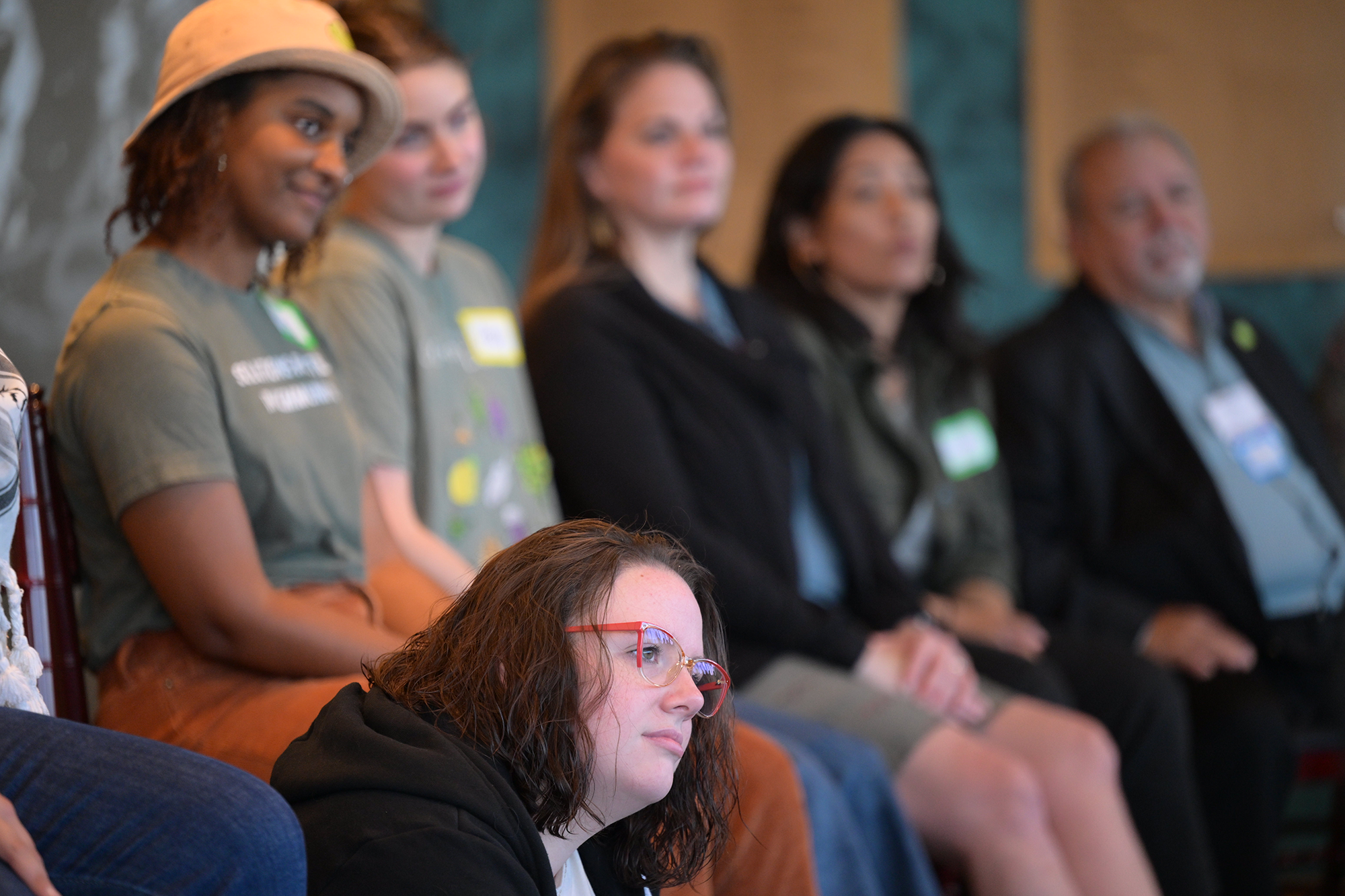
In this week’s issue of the Principle 6 Newsletter, republished below, Mike Mercer explores the labels of caste hierarchy that institutions—just like people—are often subjected to. Credit unions, working in partnership with other cooperatives, can bring “caste-lessness” to the entire U.S. economy.
“Cooperatives are wired up to extend dignity through blindness to caste distinction. In fact, the democratic structure is causal toward equity and inclusion,” Mercer says. “The cool thing is that credit unions already do many caste-less things every day. Imagine if Americans really knew how much of a difference their credit union makes to the fabric of society!”
Read the full issue of Principle 6 Newsletter below. And while you’re thinking about “cooperation among cooperatives,” take a moment to consider how you and your cooperative practice this principle. NCBA CLUSA is on a mission to document Principle 6 collaborations across the country so we can identify trends, document best practices and share this knowledge with you—our fellow cooperators!
Share your example of Principle 6
Principle 6 Newsletter – Caste-less
Issue 14 – January 27, 2021
“…a division of society based on differences of wealth, inherited rank or privilege, profession, occupation, or race.” – definition of “caste,” Merriam-Webster Dictionary, 1-23-21
“Each of us is in a container of some kind. The label signals to the world what is presumed to be inside and what is to be done with it. The label tells you which shelf your container supposedly belongs on. In a caste system, the label is frequently out of sync with the contents, mistakenly put on the wrong shelf and this hurts people and institutions in ways we may not always know.” – Caste: The Origins of Our Discontents, Isabel Wilkerson, 2020
“A myth among many consumers is that credit unions are designed only for people of modest means or with financial problems.” – Four Credit Union Myths: Debunked, Elisa Weiss, CMG Insights, 8-7-17
 INSTITUTIONS CAN BE SUBJECTED TO THE LABELS OF CASTE HIERARCHY
INSTITUTIONS CAN BE SUBJECTED TO THE LABELS OF CASTE HIERARCHY
Think of credit unions in a container.
Functionally, they are in a container on the financial services shelf. The label on the credit union container does not say biggest, most sophisticated, most innovative, or most well-known. Importantly, it does not say most difficult, most insensitive, or most selfish. We’d like to think that the label says something like “helpful, progressive institutions with great deals.” But research shows that there is a myth that credit unions are generally smallish, exclusive institutions that are mostly for people without much means.
Structurally, the credit union container probably sits on the shelf where cooperatives go. There are lots of shelves for investor-owned companies. Non-profits have several shelves. Foundations, associations and government-sponsored enterprises are among the other structure shelves. On the shelf for the cooperatives, the labels range from major business enterprises to oddball hippie communes. Remember, the labels are frequently out of sync with the contents of the container. There are caste implications for democratically controlled co-ops in the United States, where return on investment and personal wealth accumulation are revered. There could be a myth that co-ops are also smallish, inefficient institutions that are mostly for people (and small businesses) of modest means.
So, what to do?
One course of action could be to reject the myth. It is not uncommon for credit union leaders to insist that their label should reflect that they are progressive, innovative financial institutions that should not take a back seat (or tolerate a subordinate caste reputation) to banks, fin-techs or anyone else. If necessary, the myth-rejection thinking goes, pull the credit union container off the cooperative shelf. Try to move up the pecking order on the financial services shelf. Playing that strategy out several moves, one can’t help but think that credit unions might have to become what they have so successfully competed against… for-profit firms. Homogenization is rarely a winning strategy.
Another approach might be to exploit the myth. Not all of it. Maybe just the part about serving people of modest means. A large credit union in Ohio discovered that people with means wanted to do their business with an institution that was visibly helping to solve problems in the local community. As long as price and service were good, the folks with resources wanted to support the credit union. Impact investing at the retail level. The credit union was able to generate exceptional growth by exploiting the myth. Differentiation was the essential element of strategy. Having the container on the cooperative shelf reinforces distinction from other, often bigger financial services firms.
People are often put on the wrong shelf, subjected to caste insensitivities.
What if credit unions (and co-ops in other sectors) presented themselves to Americans as aspiring to be caste-less? Not pretending to eliminate the deep-seated biases embedded in the fabric of society but promising to treat people fairly no matter their station in life. Huge swaths of the population occupy the sub-castes of society. Isabel Wilkerson (author of Caste and The Warmth of Other Suns… both highly recommended here) says, “A caste system uses rigid, often arbitrary boundaries to keep the ranked groupings apart, distinct from one another and in their assigned places.” Racial injustice is the most hideous manifestation of group separation. But heredity, gender, education, lifestyle, religion and financial status are among the other ways that separation and ranking of groups impose the unfairness of caste systems.
Cooperatives are wired up to extend dignity through blindness to caste distinction. In fact, the democratic structure is causal toward equity and inclusion. Credit unions could achieve heightened societal relevance through intentional caste-lessness. Billionaires aside, credit unions can marry the haves and have nots in many tangible ways. By working with other co-ops, caste-lessness can eventually be extended across the entire economy of Main Street USA.
The cool thing is that credit unions already do many caste-less things every day. Imagine if Americans really knew how much of a difference their credit union makes to the fabric of society!
Let’s put “caste-less” on our label.
Stay tuned,
Mike


